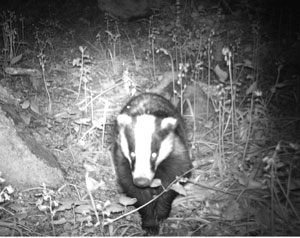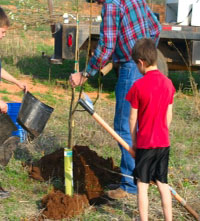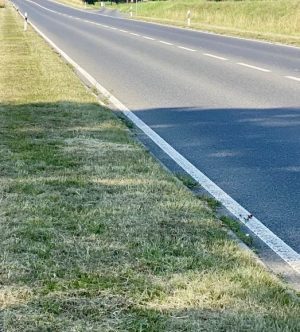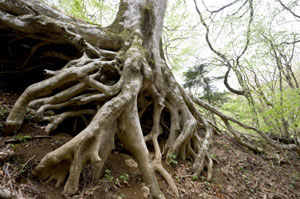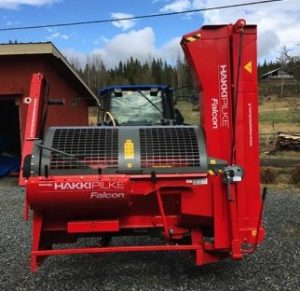Becoming a woodland owner
Having your own wood gives you the freedom to do lots of things, perhaps for the first time. Many owners use their woodlands to protect biodiversity, to learn about nature and woodland crafts, to share outdoor living with their friends and family, and often to provide firewood and other wood products.
Looking after your wood
Creating and protecting open spaces within the woodland to help the sunlight reach the ground is one of many activities that is helpful for the regeneration of neglected woods. It is satisfying and often hard work, using a chainsaw, or scything with hand tools.
Owners become custodians of the plants, trees and wildlife and everyone is kept busy learning about nature’s seasons.
Learn more on our looking after your woodland page.
Firewood and woodland products
Every tree and shrub in any wood will just keep on growing. By continually thinning and coppicing, you have an abundance of poles for fencing, as well as almost unlimited firewood for your own and your friends’ stoves, or even for selling locally.
Many people revive crafts from the past, such as green woodworking. We have several videos and blog posts that you might find useful.
Camping and bushcraft
Those who camp out enjoy the total freedom not only to choose their pitch, but also to build their own campfire and cook their own meals. Some like to develop their survival skills, like lighting fires without matches. Families come to experience outdoor living and children have adventures and meet outdoor challenges.
Learn more on our camping and bushcraft page.
Understanding regulations
There are, of course, a few things that are regulated, and a few aspects that you may like to research.
We have very briefly explained some of these including tree felling regulations, the meaning of Tree Preservation Orders, Sites of Special Scientific Interest, and Article 4 Direction.
There are some regulations, too, on what structures you can build in your woodland, for shelter or for storage. You may want reassurance that you will always have access through the locked gate and along the shared tracks.
Onwards and upwards
To learn more, you can read books and magazines, go on courses, join woodland organisations, talk to other owners through the Small Woodland Owners Group or contact the local forestry authorities (Forestry Commission, Natural Resources Wales, or Forest Service Northern Ireland.
Being in your own wood and trying things out, reflecting and experiencing for yourself – these will be the best teachers of all.
